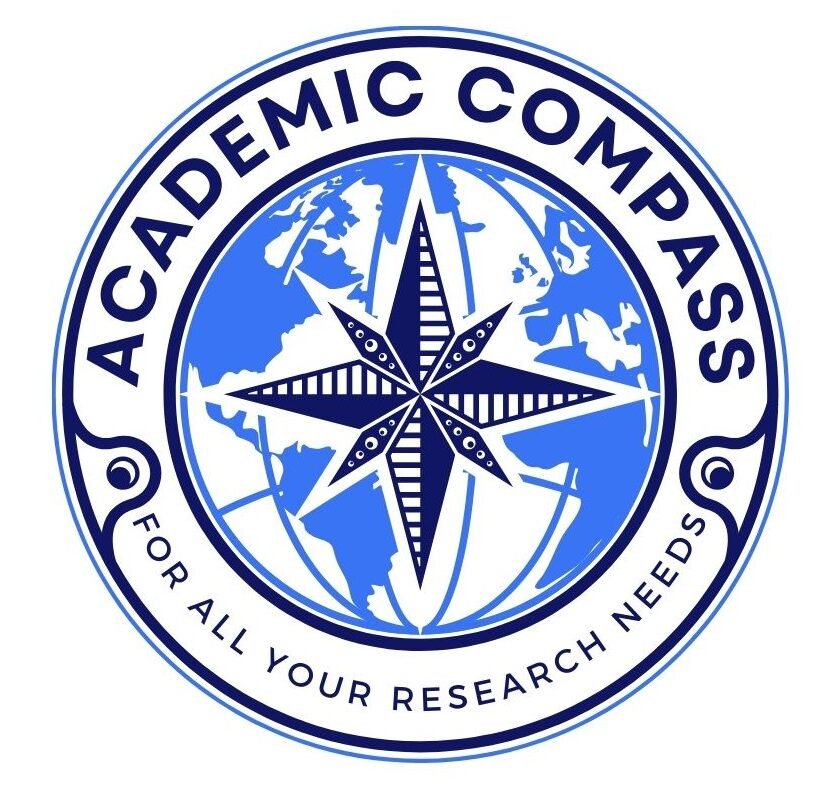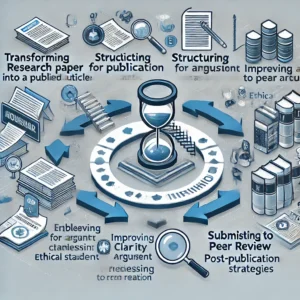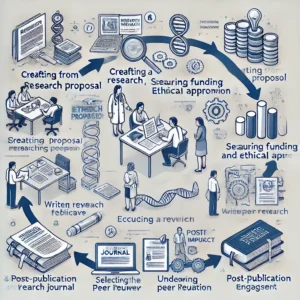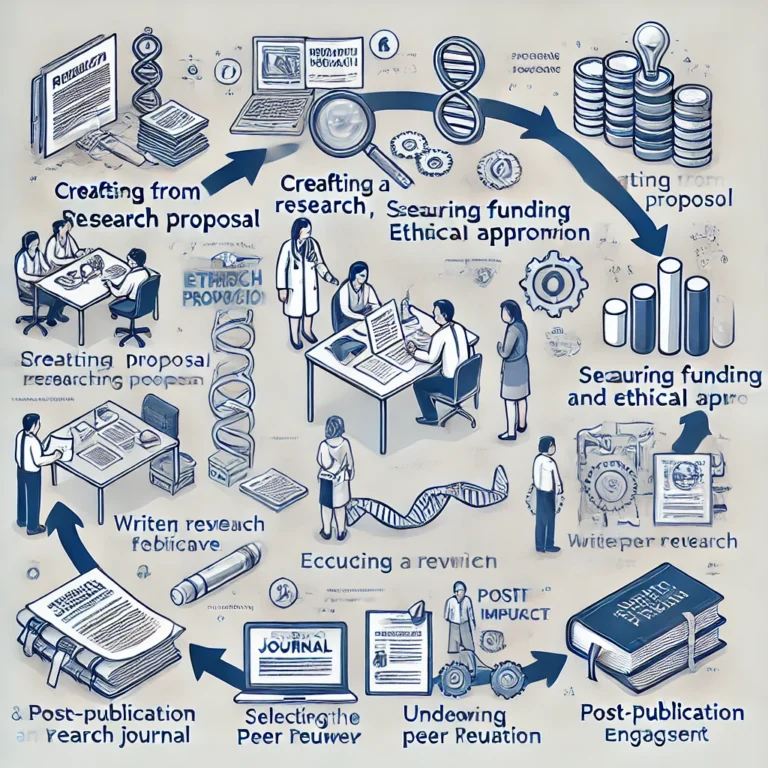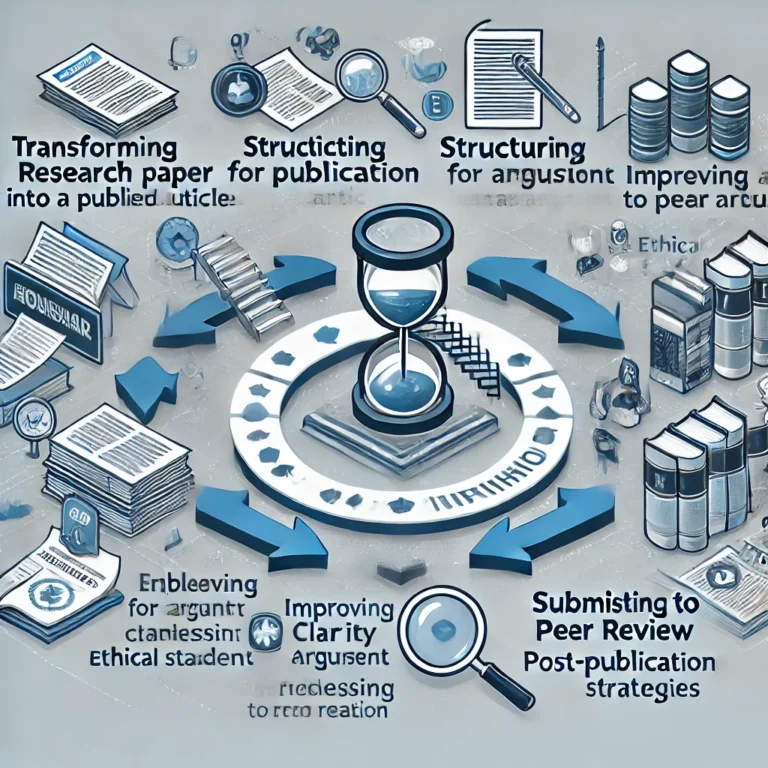Selecting the right journal for your research publication is a critical step in ensuring academic impact, visibility, and credibility. Publishing in reputable journals enhances your research’s recognition and reach within the academic community. This guide outlines key factors to consider when identifying reputable journals for your research.
1. Understanding the Importance of Journal Selection
Choosing the right journal influences:
- Research Visibility: A well-respected journal ensures greater readership and citations.
- Academic Recognition: Enhances your credibility and career progression.
- Impact Factor: Higher impact factor journals are widely regarded as more influential.
- Review Process Quality: Ensures rigorous peer review and research validation.
2. Evaluating Journal Reputation
To determine the reputation of a journal, consider the following:
- Indexing and Databases: Check if the journal is indexed in reputable databases such as Scopus, Web of Science, or PubMed.
- Impact Factor: Refer to metrics like the Journal Impact Factor (JIF) or CiteScore to assess its influence.
- Publisher Reputation: Choose journals published by established institutions, universities, or recognized publishers.
- Editorial Board: A strong editorial team with experienced researchers adds credibility to the journal.
- Peer-Review Process: Ensure the journal follows a rigorous peer-review system to maintain research integrity.
3. Avoiding Predatory Journals
Predatory journals exploit researchers by offering quick publication without proper peer review. To avoid them:
- Verify Journal Credentials: Use resources like the Directory of Open Access Journals (DOAJ) and Think. Check. Submit.
- Check Publishing Fees: Unreasonably high or hidden fees can be a red flag.
- Review Previous Publications: Assess the quality of past articles in the journal.
- Investigate Editorial Board: Ensure members are recognized academics with verifiable affiliations.
4. Matching Your Research with the Right Journal
Consider the following when selecting a journal:
- Scope and Aim: Ensure the journal aligns with your research field.
- Target Audience: Identify if the readership aligns with your study’s impact goals.
- Acceptance Rate: Some high-impact journals have low acceptance rates, so factor this into your decision.
- Publication Speed: If timely publication is important, consider the journal’s review and publication timeline.
5. Utilizing Journal Selection Tools
Many platforms help researchers find the right journals:
- Journal Finder Tools: Elsevier Journal Finder, Springer Journal Suggester, Wiley Journal Finder.
- Academic Databases: Scopus, Web of Science, and Google Scholar can help assess journal impact.
- University and Institutional Recommendations: Consult your academic advisor or library services.
6. Understanding Open Access vs. Traditional Journals
- Open Access Journals: Increase visibility as research is freely available to the public but may have publishing fees.
- Traditional Subscription-Based Journals: Offer credibility but may restrict access to those with institutional subscriptions.
- Hybrid Journals: Allow authors to choose between open access and subscription-based models.
7. Preparing for Submission
Once a journal is selected, follow these best practices:
- Read Author Guidelines: Each journal has specific formatting and submission requirements.
- Prepare a Cover Letter: Clearly articulate why your research fits the journal’s scope.
- Revise and Proofread: Ensure your manuscript meets the journal’s quality standards.
- Submit and Follow Up: Keep track of the submission process and be prepared for revisions.
Final Thoughts
Identifying a reputable journal is essential for academic success. By conducting due diligence, verifying journal credentials, and aligning your research with the right platform, you can enhance your publication’s impact and credibility. Always aim for high-quality journals that uphold rigorous academic standards to ensure the integrity and reach of your work.
